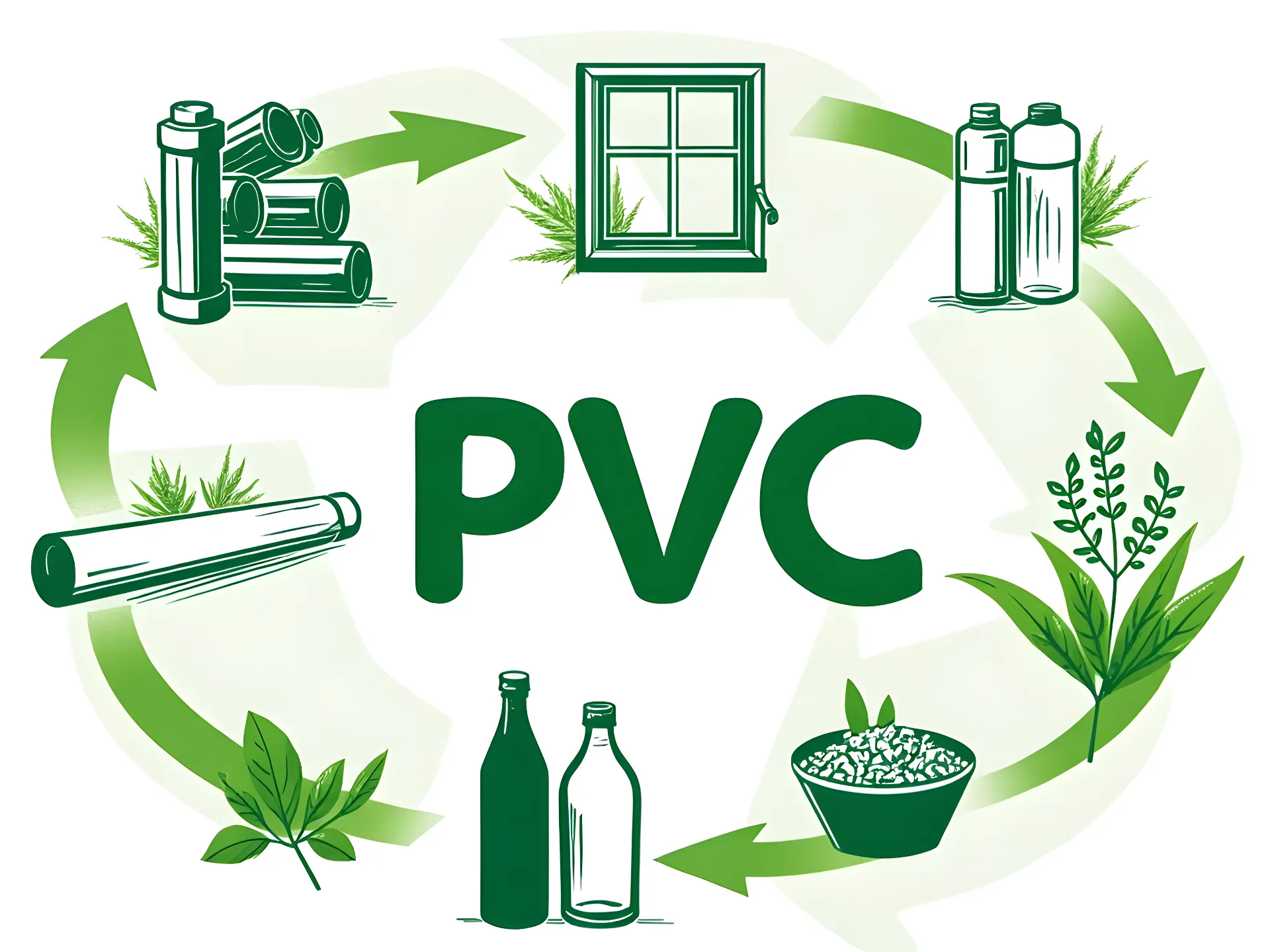In today’s environmentally conscious world, recycling polyvinyl chloride (PVC) has become a critical component of sustainable waste management. Choosing the appropriate PVC recycling equipment is essential for optimizing efficiency, ensuring product quality, and minimizing environmental impact. This guide provides an in-depth look at the factors to consider when selecting PVC recycling machinery.
Understanding PVC Recycling
PVC is a versatile plastic used in various applications, from construction materials to consumer goods. Recycling PVC involves processes that convert waste into reusable material, reducing the need for virgin resources and decreasing landfill waste. The recycling process typically includes collection, sorting, cleaning, shredding, and reprocessing.
Key Factors in Selecting PVC Recycling Equipment
1. Material Compatibility
Ensure the equipment can handle the specific type of PVC waste you intend to process, whether it’s rigid, flexible, or mixed with other materials.
2. Processing Capacity
Evaluate the machinery’s throughput to match your operational needs. Consider both current production volumes and potential future growth.
3. Energy Efficiency
Opt for equipment designed to minimize energy consumption, thereby reducing operational costs and environmental footprint.
4. Automation and Control Systems
Advanced automation can enhance precision and reduce labor costs. Look for user-friendly control interfaces and the ability to integrate with existing systems.
5. Quality of Output
The machinery should produce high-quality recycled PVC that meets industry standards, suitable for various applications.
6. Maintenance and Support
Consider the availability of spare parts, ease of maintenance, and the manufacturer’s support services to ensure minimal downtime.
7. Compliance with Regulations
Ensure the equipment complies with local and international environmental and safety regulations.
Types of PVC Recycling Equipment
• Shredders and Granulators
These machines reduce PVC waste into smaller pieces, facilitating easier handling and further processing.
Used for melting and reforming PVC into new shapes or products.
Essential for cleaning PVC waste to remove contaminants before reprocessing.
Automated systems that separate PVC from other materials, improving the purity of the recycled product.
Emerging Technologies in PVC Recycling
Advancements in chemical recycling methods are gaining attention, offering the potential to break down PVC into its chemical components for reuse. Additionally, innovations in mechanical recycling are improving efficiency and output quality.
Conclusion
Selecting the right PVC recycling equipment is a multifaceted decision that requires careful consideration of material compatibility, processing capacity, energy efficiency, and compliance with regulations. By investing in appropriate machinery, businesses can enhance their recycling operations, contribute to environmental sustainability, and achieve economic benefits.
For more detailed information on PVC recycling technologies and equipment, consider consulting industry experts or attending specialized trade shows and conferences.



